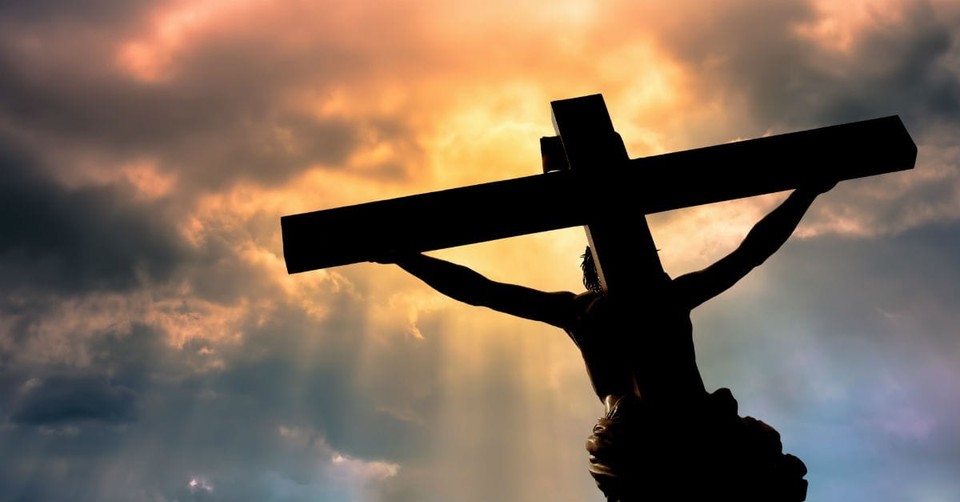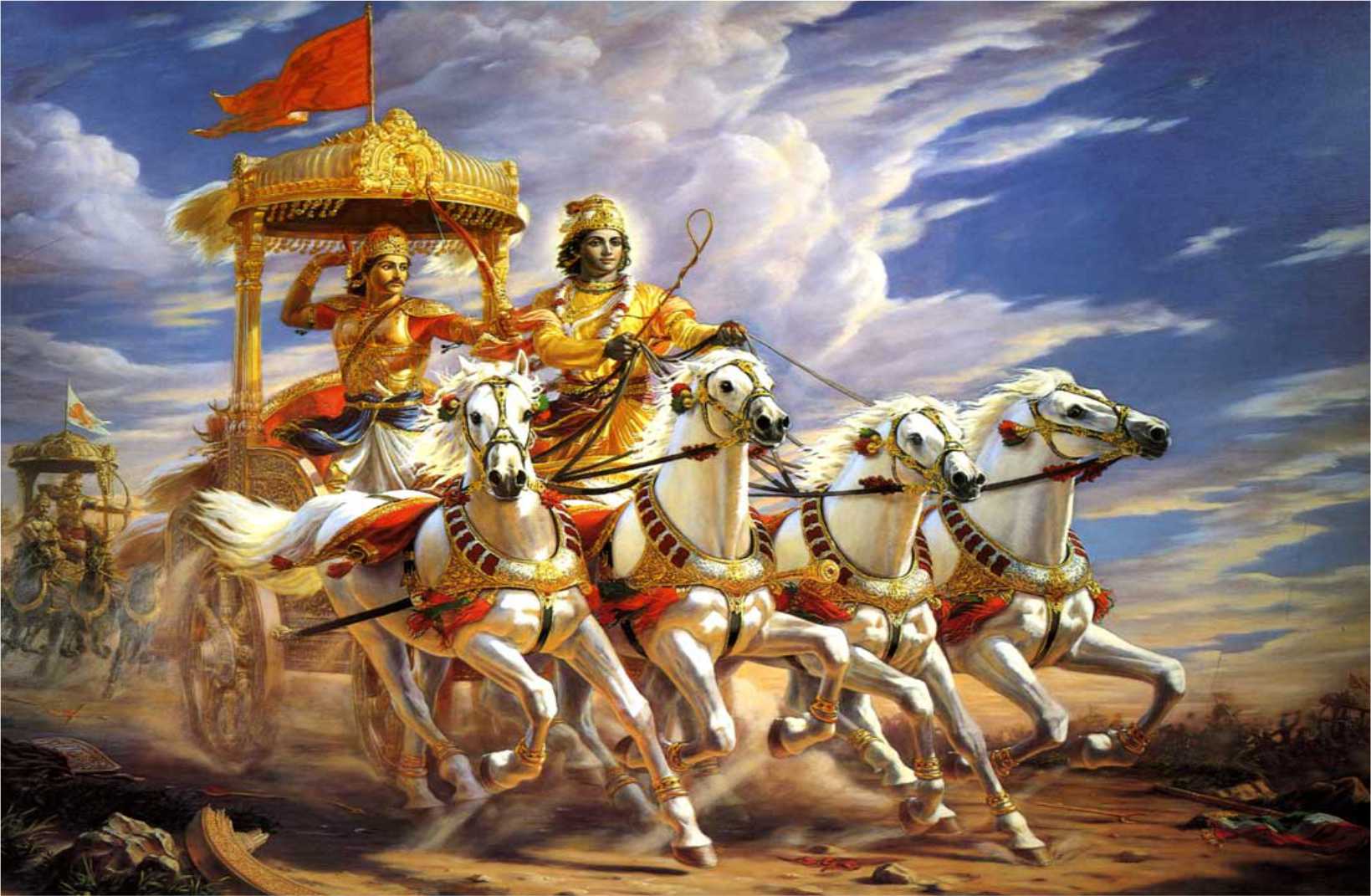Beyond Religion: The Real Contention is Between Good and Evil
Religious debates often center on doctrinal differences—who said what, which book is more authoritative, or what rules are superior. But these debates can obscure the deeper issue at the heart of human existence: the eternal conflict between good and evil. It is not merely a clash of civilizations or interpretations. It is a battle for the human soul.
And that is where Jesus—Yeshua, Isa, the Christ—stands uniquely radiant. He is not simply a figure to be debated. He is the living embodiment of good itself.
Jesus: More Than a Prophet
Islam affirms Jesus as a prophet, born of the Virgin Mary, performing miracles, and to return again in the end times. But it stops short of calling him the Son of God. From a Christian perspective, this is a profound theological error—not because of pride, but because it misses the very heart of who Jesus is.
Yes, Jesus was human. But He was not merely human. He was the Word made flesh (John 1:14), the image of the invisible God (Colossians 1:15), the one through whom all things were made (John 1:3). He was not sent only to deliver a message. He was the message.
To call Him "just a prophet" is like calling the sun a flashlight.
Good vs. Evil, Not Just Islam vs. Christianity
This is not a religious turf war. This is a cosmic moral war. It is not between Islam and Christianity, or East and West. It is between what is good and what is evil.
-
Good forgives. Evil avenges.
-
Good sacrifices. Evil consumes.
-
Good liberates. Evil enslaves.
-
Good uplifts truth. Evil hides in lies.
If a system encourages the beating of women, the killing of apostates, the glorification of conquest, and the silencing of dissent—does it matter what name it goes by? If it opposes Israel not because of borders, but because it hates the light of covenantal truth—what more needs to be said?
The fruit reveals the tree. And truth is known by its outcomes.
Jesus Rejected Power, Embraced the Cross
When offered kingship, Jesus refused. When His enemies nailed Him to a cross, He prayed for their forgiveness. He loved the leper, touched the unclean, raised the dead, and washed the feet of His betrayer. This is what ultimate good looks like.
To follow Jesus is not just to believe in His name. It is to walk in His light.
Any belief system—whether political, religious, or ideological—that rejects His nature is not simply incorrect. It is in rebellion against the very fabric of truth.
We Are Not Debating Equality of Views—We Are Discerning Light from Darkness
In a world obsessed with tolerance, it is considered offensive to say that some things are simply wrong. But to say "all paths are equal" is itself a lie—because some paths lead to truth, and some lead to tyranny.
Jesus said, “You will know them by their fruits.” (Matthew 7:16)
When ideologies produce fear, subjugation, and hatred, they have left the realm of legitimate religion and entered the domain of spiritual darkness.
The Real Contention: Right vs. Wrong
This is not Christian versus Muslim, Jew versus Gentile, or East versus West. It is Right versus Wrong. Light versus Darkness. Truth versus Deception.
Jesus was glad to be human, because in His humanity He restored dignity to all humanity. But He was also the divine Son, who alone could bridge the gap between sin and God. To deny that is not just theologically incorrect—it is spiritually catastrophic.
Islam may revere Jesus, but it refuses His cross. And by doing so, it refuses His greatest gift: redemption.
Conclusion: Choose the Good
The final war is not fought with tanks and missiles alone. It is fought in the heart. It is fought in the soul. It is fought in whether we bow to the truth or turn from it.
And in this battle, neutrality is not an option. Either we align with the Good that Jesus revealed—or we ally ourselves, knowingly or not, with darkness.
The question is not what religion you belong to. The question is: Do you love the truth enough to follow it wherever it leads—even to the foot of a cross?
Prophecy as the Proof of Scripture and the Reality of God
Second Coming Prophecies: Many Interpretations
The Common Thread of Prophecy: Bridging the Christian and Hindu Worldviews
Why Interfaith Dialogue Is the Only Way Forward in these End Times
Vishnu and the Holy Trinity: A Bridge Between Hinduism and Christianity
A House Divided: 40,000 Denominations and the Forgotten Call for Unity in Christ
The Last Age of War, The First Age of Peace: Lord Kalki, Prophecies, and the Path to Global Redemption
Prophecies Are Proof Of God
The Most Awaited Person In Human History Is Here
Nepal: The Vishwa Guru Of A New Economic Era (English and Hindi)


